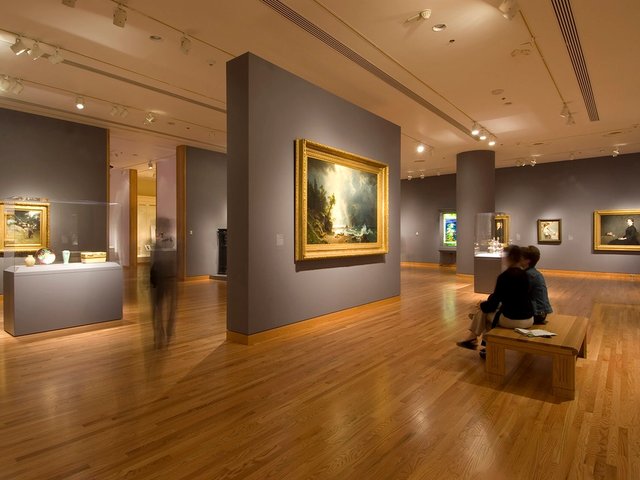One of the United States’s most prolific and important sculptors, Richard Hunt, has died aged 88; his death was confirmed by his gallery, White Cube, in a statement. Artists paid tribute on social media including the photographer Dawoud Bey who wrote: “You leave a powerful legacy.”
Hunt grew up on the South Side of Chicago, first in Woodlawn and then Englewood. In the post-war period he attended the School of the Art Institute of Chicago (SAIC) on a scholarship. After graduating in 1957, Hunt went to Europe for a year to work at the Marinelli foundry in Florence; he returned to America in 1958, holding his first solo exhibition in New York at the Alan Gallery.
An exhibition in 2020 at the Art Institute of Chicago dedicated to Hunt included a mammoth bronze work called Scholar’s Rock or Stone of Hope or Love of Bronze (2014–2020). The organisers said in a statement that Hunt’s technique is organic, highlighting how he often “reuses scraps and found metal and responds to the needs of the material in what he refers to as ‘an ongoing process of things getting built and grown’.”
According to the artist’s website, Hunt recently completed the sculptural model for a monument to Emmett Till—the African-American teenager who was lynched in 1955—which is due to be installed at Till’s childhood home in Chicago.
When Hunt was 19, he witnessed the open-casket funeral of Till in Chicago. Hunt said: “What happened to [Till] could have happened to me.” Hunt went on to create art shaped by this experience, says an online statement, which influenced both his practice and his commitment to the cause of civil rights.
He subsequently created monuments to the late activist Martin Luther King Jr. in Memphis in 1977 and the educator Mary McLeod Bethune (From the Ground Up, 1989, Washington DC). “I am interested more than anything else in being a free person. To me, that means that I can make what I want to make, regardless of what anyone else thinks I should make,” Hunt said.
Crucially his career was characterised by a number of firsts. In 1971, at the age of 35, Chicago-born Hunt achieved a milestone by becoming the first African-American sculptor to have a retrospective at the Museum of Modern Art in New York. Hunt was also the first African-American artist to serve on the National Council on the Arts, appointed by president Lyndon B. Johnson in 1968.
Sukanya Rajaratnam, global director of strategic market initiatives at White Cube gallery, says in a statement: “Hunt [also] has more public monuments in the US than any other sculptor [more than 160 across 24 states], and his ability to thread the history of 20th-century sculpture, with his own deeply personal experience as a Black man is nothing short of profound.”
Hunt’s key public art pieces include Swing Low (2016), a bronze sculpture commissioned for the National Museum of African American History and Culture in Washington, DC, and The Light of Truth (2021), a monument dedicated to the journalist and civil rights activist Ida B. Wells on the South Side of Chicago.
His 35-foot high stainless steel Flight Forms piece (2001), evoking a plane taking off, is located at Chicago’s Midway International airport. Meanwhile, former US president Barack Obama said in a statement that Hunt’s sculpture Book Bird will be sited outside a branch of the Chicago Public Library at the Obama Presidential Center planned for Chicago (Hunt’s mother was a librarian).
White Cube announced representation of Hunt last month (the gallery presented a sculpture by the artist, entitled Years of Pilgrimage,1999, at Art Basel Miami Beach earlier this month).
In a statement posted on Instagram, the gallery said that a solo exhibition of the artist’s work will go ahead as planned, launching at White Cube New York in March next year. “White Cube will work closely with the Richard Hunt estate, led by Ken Merlau (trustee of the Richard Hunt trust) to promote and protect his art and legacy for future generations,” the gallery added.
In an interview in the Chicago Tribune earlier this year, author Jon Ott outlined Hunt’s style and motivation saying: “[H]e’s hybridising things, taking multiple different influences, putting them all together in the same piece. But even with all those influences, you look over the history, it’s about freedom, a lot of times it’s about flight which is freedom from gravity, which is freedom in the biblical sense, freedom, ascension.”





